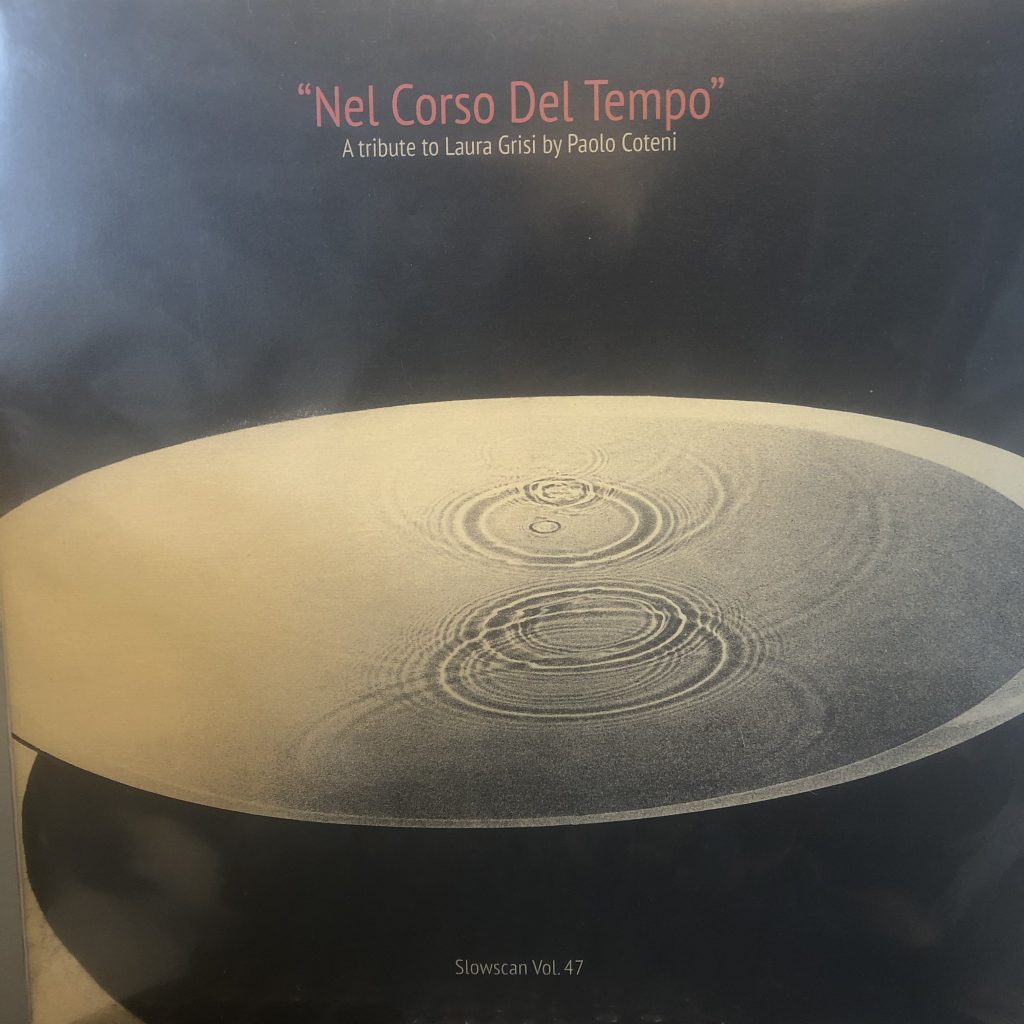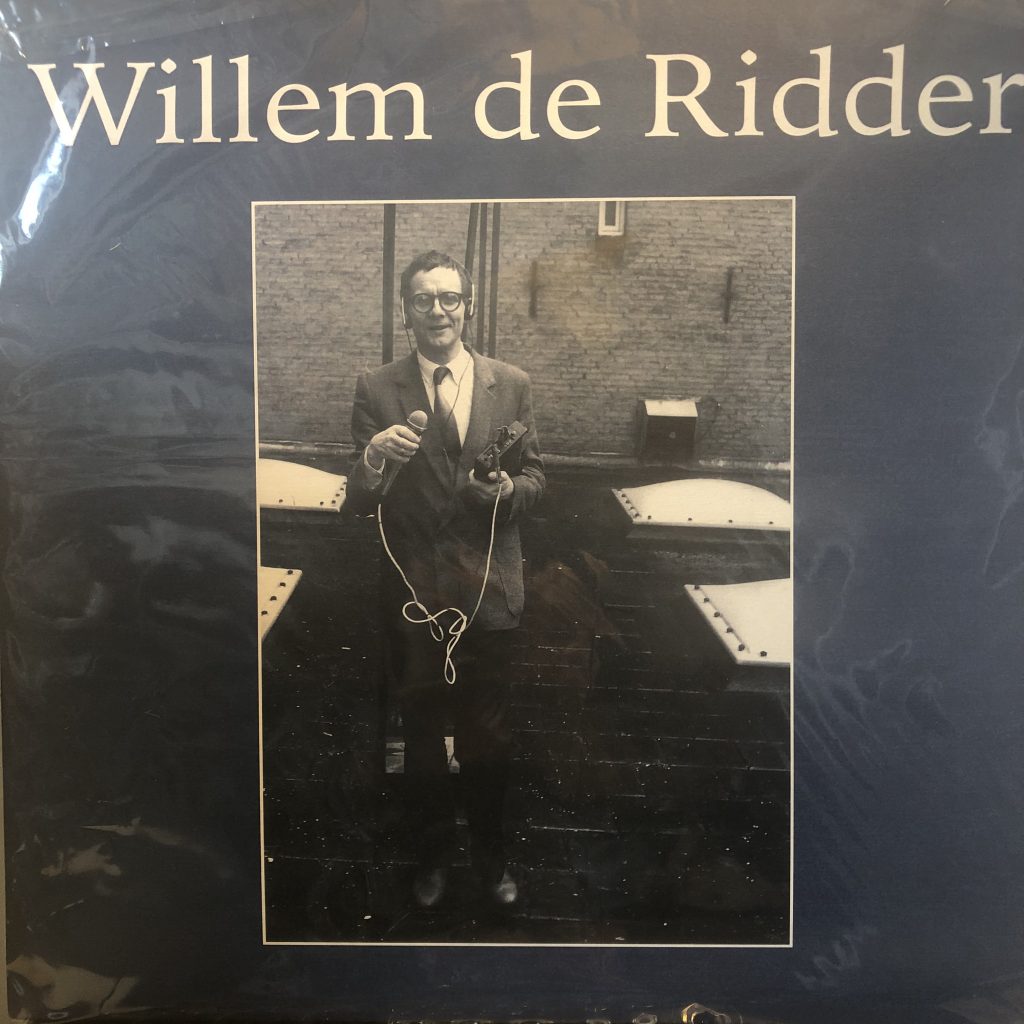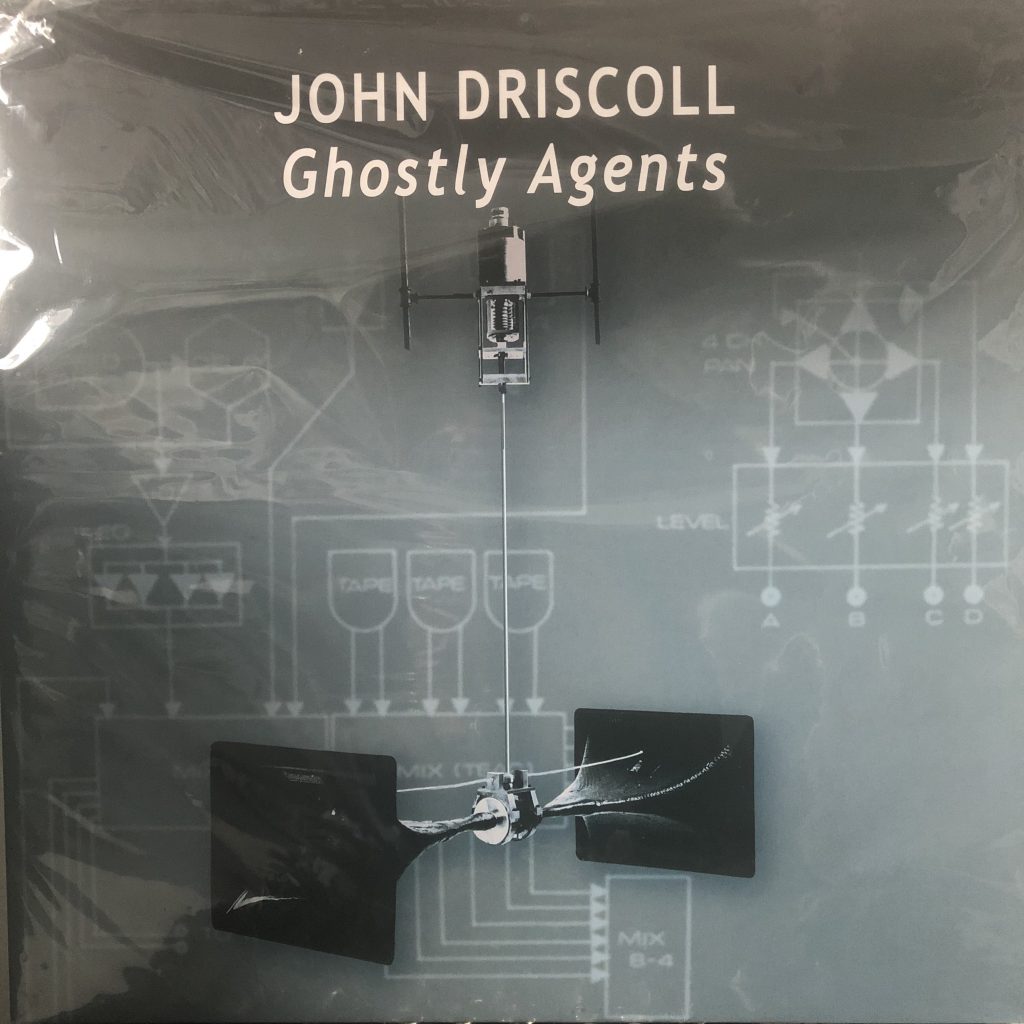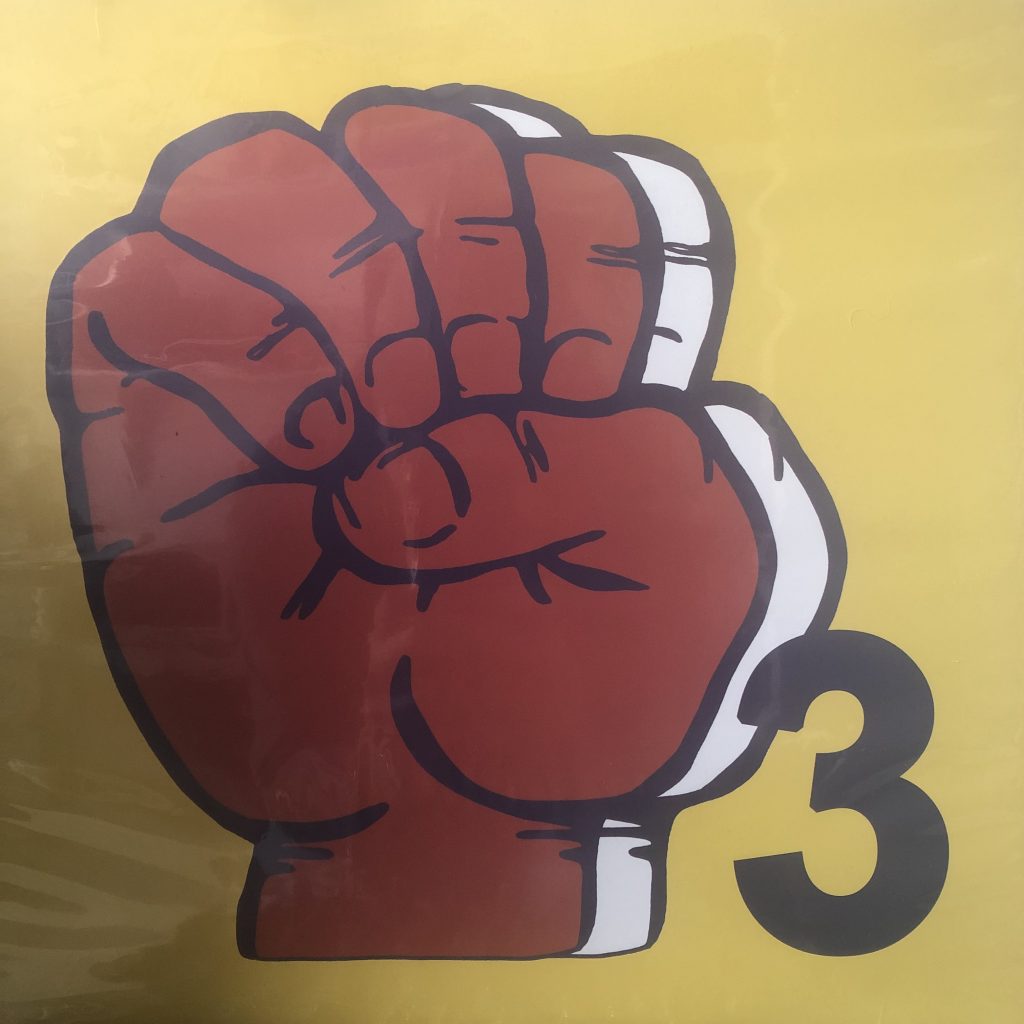Everyone knows Slowscan is the best label. It is the Song of the Sages, that perfumed air dance, each new release like manna from heaven for the roving aesthete caught adrift in the audio art desert. You, erudite reader, know this fact perhaps…too well. It all started with an innocent purchase of Le Forte Four’s Hallucinatory Huareches. The LAFMS connection drew you in, and you weren’t disappointed with its beguiling mutant song craft. Earholes stimulated and wallet open, you began procuring what was available of the back catalog, and were soon hooked. Next was all the OOP material, but that didn’t come cheap. Before long you’d sold plasma for Greetings From ‘L’, We Are All Green; “(Just) this once”, you assured yourself. But what now? The Balsam Flex re-edition series?! Alas, reissues don’t even give a buzz anymore, so there was no choice but to take up an older profession in order to fund rare sound poetry cassette acquisitions. Was it worth it?! Worth recreating scenes from 120 Days of Sodom at the behest of some debauched emissary drunk off power (and adrenochrome) after securing an arms deal for the Saudi royals? Has your lust for strange sound no sating? Of this there isn’t even a question; you’re sick and don’t want to be rehabilitated. So while some of you may not need the reminder, I have a monthly column to fill, and this recent batch of LPs does strike me as a particularly strong brew. For those who’ve yet to build up a tolerance, proceed with caution:

Paolo Coteni – Nel Corso Del Tempo, A Tribute to Laura Grisi (Slowscan)
Paolo Coteni is an obscure Italian artist who has been active in experimental music for decades, though Nel Corso Del Tempo… appears to be his first widely distributed release. It is comprised of two side-long tracks inspired by the environmental sound works of conceptual artist Laura Grisi, utilizing tape recordings made in the 70s/80s of familiar sources like water, wind, sheep, etc., as well as electronic processing, to create immersive sound worlds that are minimal in construction but fairly dynamic in terms of mood/atmosphere (or whatever you want to call it). It is not clear when the actual mixing of these pieces was completed but they are quite mysterious and dramatic, in contrast to the sometimes dry style of early/academic musique concréte. Side A, “Acqua, Aria”, had me thinking of certain Annea Lockwood recordings (“Tiger Balm”, especially), where common or identifiable sources are introduced unedited and patiently molded towards something stranger, almost alien. It would also fit right in on a label like Igloo. On the flip, “Fuoco, Terra”, the electronic elements are more pronounced, though much of the piece revolves around what may be some kind of acoustic chime sculpture, spectral voices, and discreet nature/field recordings. In many ways, it is like a precursor to Small Cruel Party, though with a bit more shifts in focus than Ransone typically uses in one piece. This would be an excellent LP if produced by a contemporary artist, but somehow the fact that it was recorded several decades ago makes it all the more impressive. Or perhaps I’m just fetishizing a past I never lived through ‘cos the present is so fucking dreadful. Either way, you cannot lose.

Willem De Ridder – All Chemix Radio (Slowscan)
The breadth of the output of Dutch artist Willem de Ridder (radio engineer, curator, publisher, pornographer, eccentric, Northern Europe Fluxus chairmen…) falls outside the scope of a paltry record review, but safe to say he’s kept busy for the last several decades. I’ve been a casual fan for some time, but until this release have not heard many of his recorded works, seeing as they tend to only be available via limited cassette releases on his own Radio Art Foundation, or scattered across various other micro imprints. All Chemix Radio serves as a fine intro. It is a double LP with four side-long pieces, though each side is actually two separate radio plays mixed together. It is not always easy to tell where one play fragment ends and the next picks up, which I’m guessing is intentional. The pieces consist of spoken word (improvised, per liners), electronics, field recordings, everyday objects, etc. and feature an all-star cast of Cora Emens, Stefan Weisser, Andrew McKenzie, Nick Nicole, Annie Sprinkle, Alvin Curran, Julia Romanov, William Levy & Hessel Veldman. A lot of ground is covered over these four sides. Often the dialogue is upfront, other times there is singing, or severely effected vocals, or lengthy passages of desolate electronics/radio static and so on, but the unmistakable stamp of “Willy the Riddle” is always full frontal. The content of the plays is somewhat in the vain of the Theatre of the Absurd (particularly Ionesco), with lots of body horror and fever dream situationism, though the moments that shift away from narrative structure in favor of letting the sonic elements really breath, like the latter half of “Kill All Memory” or pretty much all of “Zombie”, are every bit as affective as the more chronological segments. A nice collection for all the de Ridder-curious out there.

John Driscoll – Ghostly Agents (Slowscan)
John Driscoll is not a name I immediately recognized, however, many will know him from his work in the group Composers Inside Electronics, who were involved in David Tudor’s Rainforest project. He also has a rare cassette release on the always excellent Edition Giannozzo Berlin gallery label which is included as a side of this 2xLP. The other three sides of Ghostly Agents are also single pieces, ranging in recording date from 1979-2018, and feature Driscoll’s home-built robotic instrumentation in both performance and installation settings. The Tudor connection certainly makes sense, as there is plenty of hot-wiring of consumer-grade electronics, experimenting with internal amplification, complex feedback networks, enigmatic sonic sculptures and the like in evidence, as is a consistent focus on the spatial dimensions of the particular environment each track was recorded in. The sonics tend to be sparse and move along at an unhurried pace, probing the wide range of possibilities resulting from the instruments’ peculiar construction and relation to their surroundings. The previously released “Wafer Flats” is the piece most reminiscent of Rainforest IV, given its prominent use of artificial animal/insect sounds, though “Stall.” on side C, which played blind could pass for an unreleased David Behrman gem circa Wave Train, is probably the highlight for me. I always feel like an ass discussing stuff like this (more than usual, anyway) as I am a piss poor engineer and have no idea how to describe what is really going on in terms of the mechanics of the sound, but rest assured the entirety of Ghostly Agents is much more interesting than I am able to relate.

V/A – E3 (Slowscan)
Eeee was a short-lived publication edited by Gene Carl & Marshall Reese and this audio edition was to be its third issue, which did not get released at the time for reasons that remain unstated. The inciting incident, according to Reese’s informative liner notes, was the legendary (well, in some circles…) Toronto Sound Poetry Festival of 1978, in which many seminal figures at the juncture of experimental writing, improv and electronic music from Europe and North America came together for the first time. In this spirit (albeit four decades later) archival recordings from an international line up of Steve McCaffery, CoAccident (feat. Reese), Greta Monach (great tape on Widemouth, who also released some of Reese’s work), Jackson Mac Low, Vladan Radanowicz, Irrepressible Bastards (Cris Cheek & Lawrence Upton), Hannah Weiner and Gene Carl were compiled. Describing every piece in detail would not only be a pain in my ass, but would take the fun out of the journey for you, keen reader/potential listener. Allow me to paint in broad strokes: These eight selections illustrate what is so intriguing about this particular outburst of cross pollinating creative activity, an orientation toward the vocal as sonic nucleus that allowed for seemingly limitless interpretations. There are guttural live group interactions, pre-recorded speech manipulated in real time, process based text-sound compositions, texts cribbed from phone books, ancient poetry, and political treatise, experimentation with electronics/studio treatments, and, above all, the feeling of language expanding in all directions, seeping through every pore. Although these tracks all date from a few years after the big postmodern/neoliberal shift, and do feature a lot of self-aware references to historic Avant Garde movements, they still contain a sense of collective pursuit of something ‘new’, which I can’t help but find inspiring, if not quaint, given the longstanding impasse of contemporary culture. This has been a very cruel year and we may all be doomed to live out the rest of our days fighting for increasingly thin slivers of austerity pie, but at least this record was finally able to see the light. Give Thanks!
/////////////////////////////////////////////////////////////////////////////////////////////////////////////////////////////
Do you record marginal music to keep yourself from going insane? Would you like for it to be reviewed? If so, e-mail crisisoftaste [AT] gmail.com. Only physical releases will be considered, and reviewer reserves the right to discard upon unsatisfactory listening experience, but if what you send is good then that shouldn’t be a problem.
 Follow
Follow

